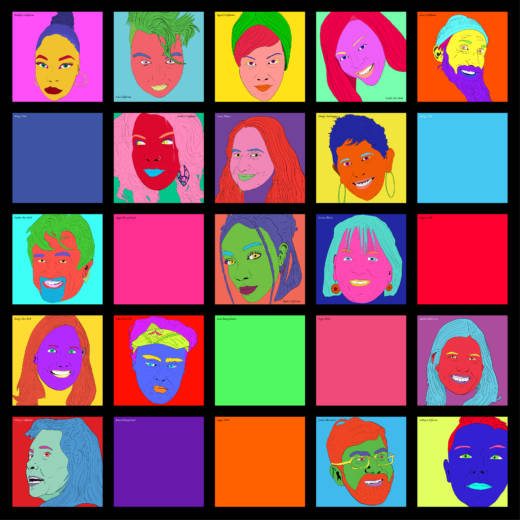Poem: the future is a choir by Ash Tré Phillips
Phillips, a 2015 and 2016 Youth Speaks Teen Poetry Slam finalist uses rhythm, repetition, metaphor and accessible language to write about the force of love that unites humanity. The poem is both a model text and conversation starter for middle and high school students alike.
Essay: A Space of Our Own by Kadijah Means
Means, a Black Lives Matter activist and UC Santa Cruz student, writes about the importance of a “unique and exclusive place for self-expression” for black women. With explicit connections to Virginia Woolf’s “A Room of One’s Own” and a conversation between two celebrities at a film festival, Means discusses the rarity of such safe spaces and their vital importance. Older high school and college students will find much to discuss and respond to in this thoughtful, multifaceted text that explores historic and current questions of intersectionality and identity.
Photo essay: Dum Spiro Spero by Ashley Sanchez
Sanchez, 20, has studied photography since 10th grade. Her powerful photos explore her relationships with her mother and siblings, along with overcoming the struggles of coming out. The powerful, often stark black-and-white images tell a story and provide a model for middle and high school students to explore their own family relationships and identities with images. (For more on communicating with digital photography, check out this course on KQED Teach)
Short films: Mock Identity by Megan Aubry, The Window by George Relyea, CO2 by Logon Rosson and Madelyn Anne Willardson, and Dancing with Thorns by Mary Nejatifar and Peque Curiel.
Four distinct short films by Salt Lake City high school and college filmmakers from the Spy Hop digital media program examine identity, wellness and the connection to the past, present and future. The films, suitable for mature middle school and high school students, start conversations surrounding these topics and can be used to analyze film-making techniques.
Lesson plan: Creative Lens Autoethnography Sessions by Andrea Juarez
Juarez is a San Francisco artist, philanthropist, student and educator whose work centers on participatory action research. This lesson plan for youth ages 16-24 introduces students to the basic concept of autoethnography and creative research methods using PhotoVoice and Digital Ethnography. An introduction to grounding meditation and self-reflective practices is also a key part of this lesson.
Explore all of the Special Issue, which also includes a lesson plan on lowering the youth voting age from KQED and articles from educators that explore tools, ideas and theories all centered on the importance of youth media creation.
